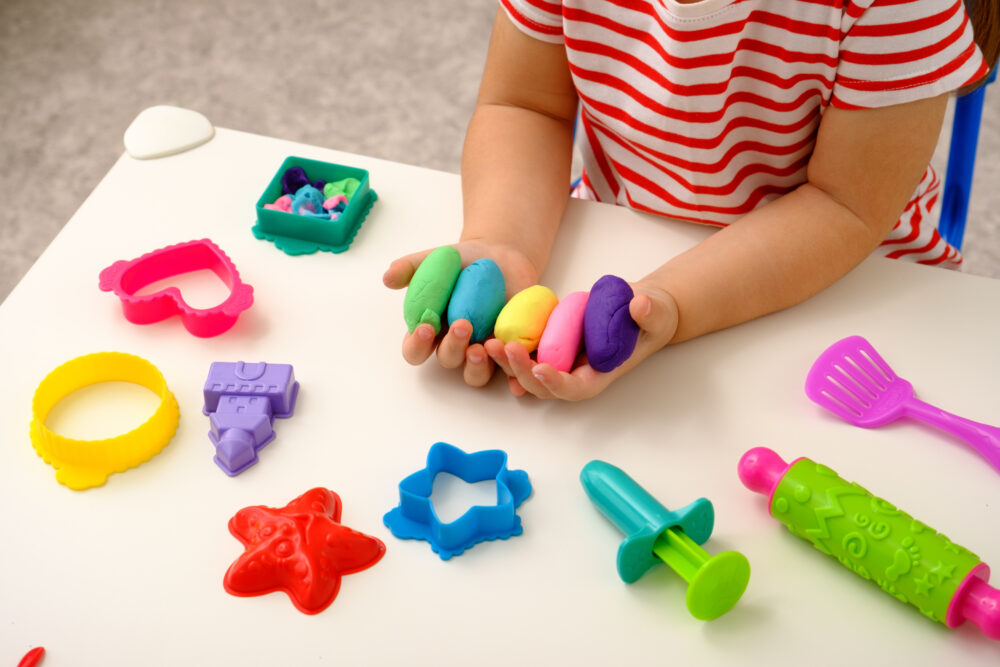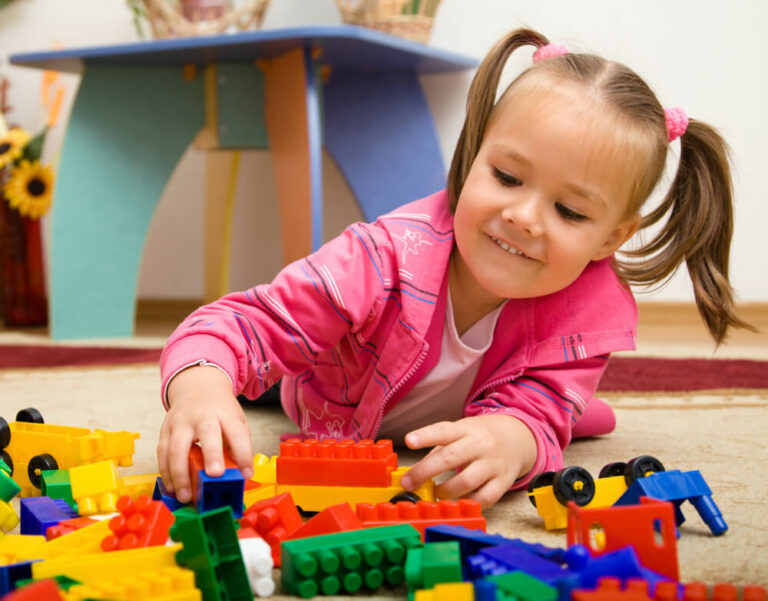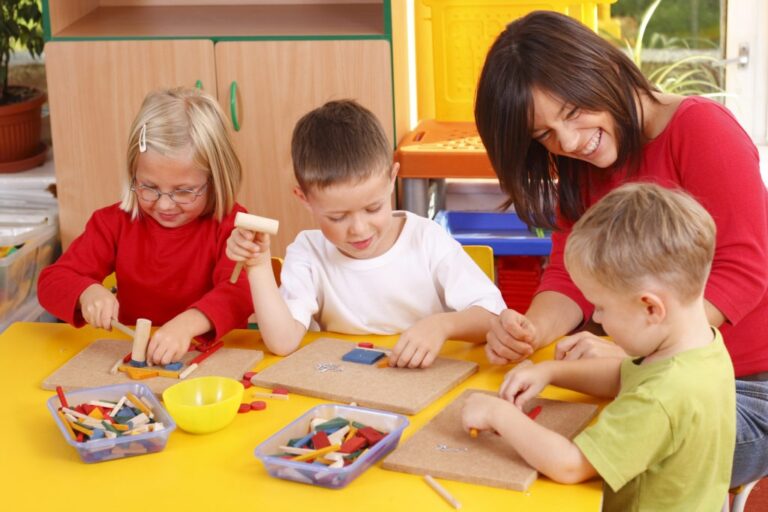The development of fine motor skills – those that involve small muscle movements – is crucial during the preschool years. These skills, including holding a pencil, cutting with scissors, and buttoning a shirt, are necessary for a child’s growing independence and academic development. At Heritage Learning Center, we prioritize the growth of these skills in our preschool curriculum. Here’s how we foster fine motor development and how you can support your child’s growth at home.

The Importance of Fine Motor Skills
Fine motor skills are critical for a child’s ability to perform everyday tasks independently. Additionally, they also play a significant role in school readiness, as tasks like writing, drawing, and using a computer all require these skills. Developing fine motor skills at an early age lays the foundation for future academic success and self-sufficiency.
Heritage Learning Center’s Approach to Fine Motor Skills Development
At Heritage Learning Center, our preschool curriculum includes activities designed to strengthen fine motor skills. For instance, we incorporate arts and crafts projects that involve cutting, gluing, and coloring. We also provide games and toys that require manipulation, such as puzzles and blocks.
Moreover, we understand the importance of individual progression. Our teachers carefully monitor each child’s development, offering appropriate challenges and support to ensure they are consistently improving and gaining confidence in their abilities.
Activities to Support Fine Motor Skills at Home
Parents can also support the development of fine motor skills at home with a variety of simple and enjoyable activities.
Craft Activities: Engage your child in craft activities that involve cutting, pasting, and drawing. This not only strengthens their hand muscles but also improves hand-eye coordination.
Play Dough: Play dough is an excellent tool for developing fine motor skills. Encourage your child to squeeze, roll, and mold the dough into various shapes.
Puzzles and Blocks: Building with blocks or completing puzzles can improve hand dexterity and spatial awareness.
Stringing Beads: This activity requires concentration and precision, thereby strengthening fine motor skills and improving hand-eye coordination.
The Connection Between Fine Motor Skills and Other Developmental Areas
Fine motor skills are interlinked with several other developmental areas. For example, as children learn to grip a pencil and draw, they are also learning to express their creativity. When they button their shirt, they are gaining a sense of independence. Therefore, by supporting fine motor skills, we’re supporting holistic child development.
At Heritage Learning Center, we’re committed to supporting the development of fine motor skills in our preschoolers. We understand the profound impact these skills can have on a child’s independence, self-confidence, and academic readiness. We encourage parents to reinforce these skills at home, and we are always here as a resource for advice and support. Together, we can ensure that our children are fully prepared for the next stage of their development. Contact us today!



